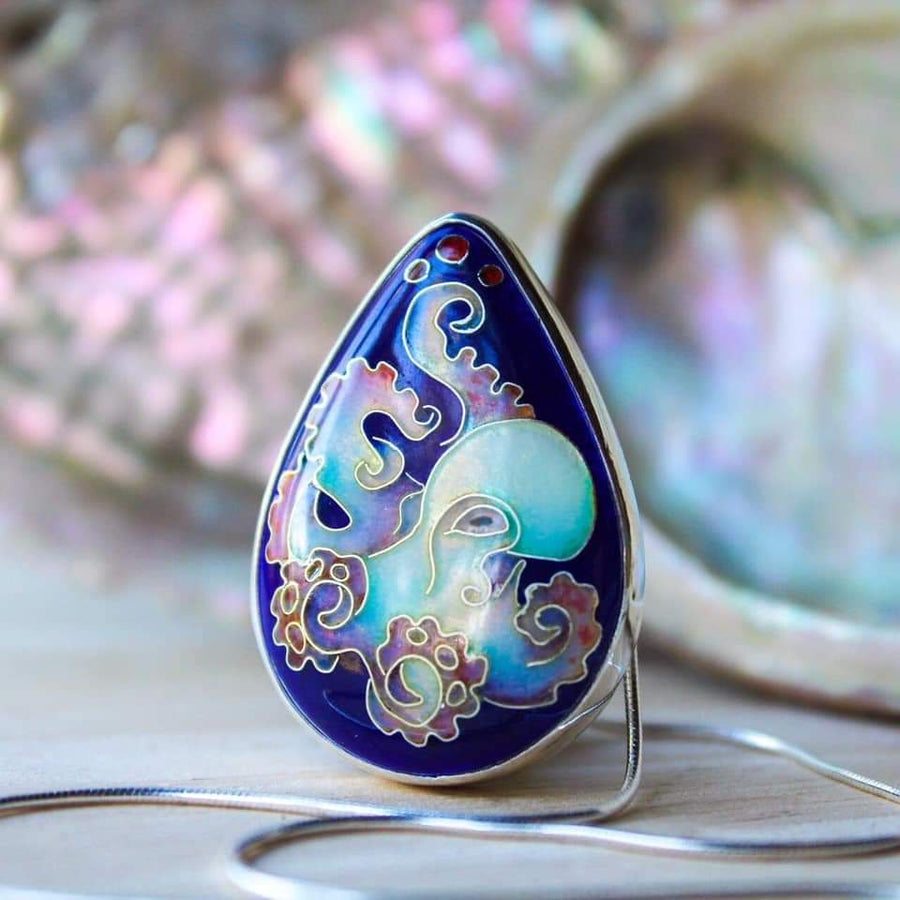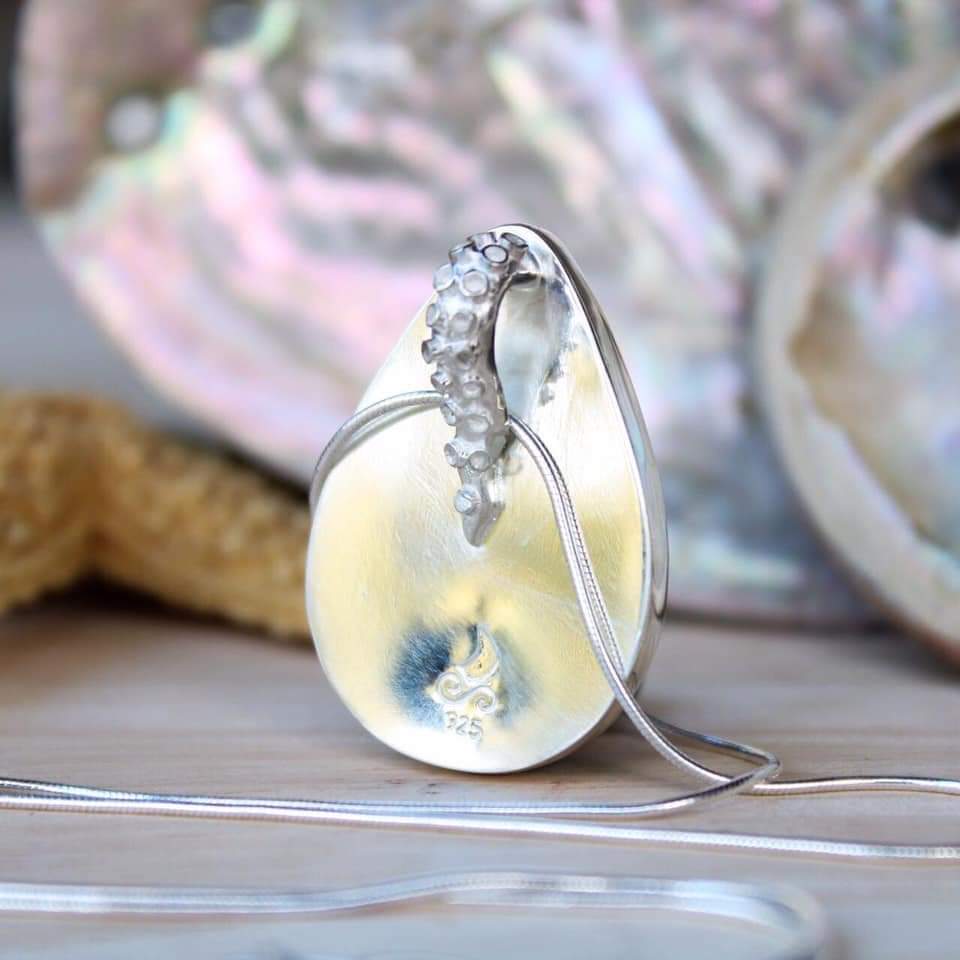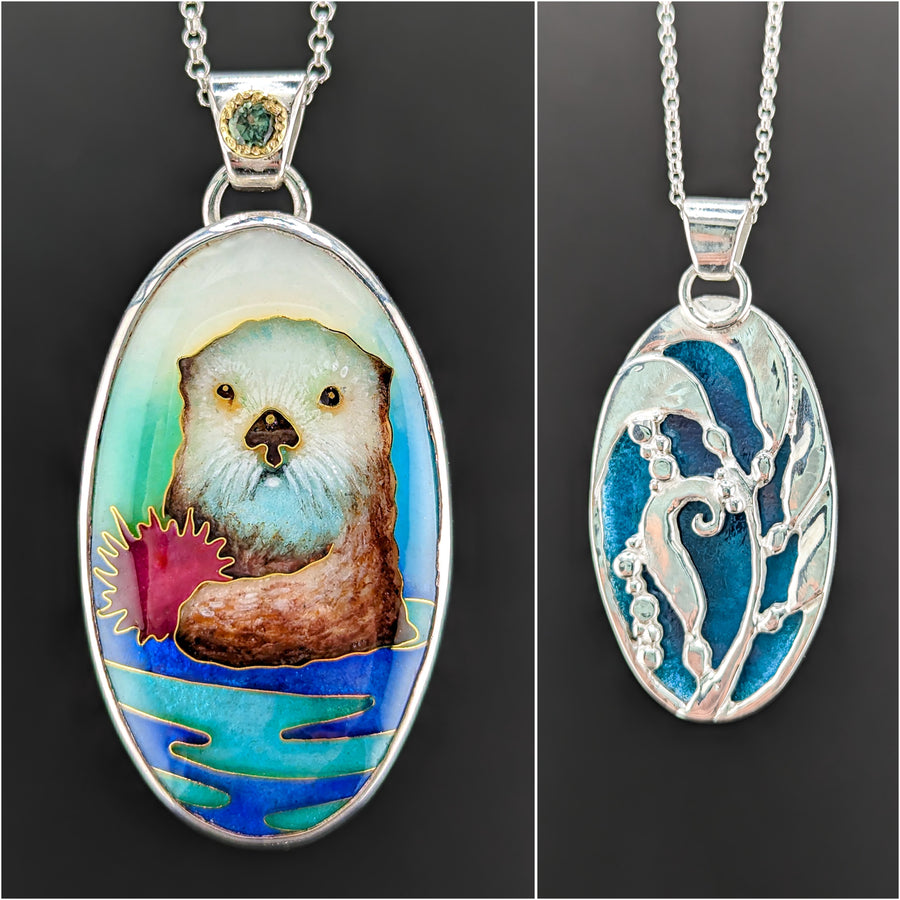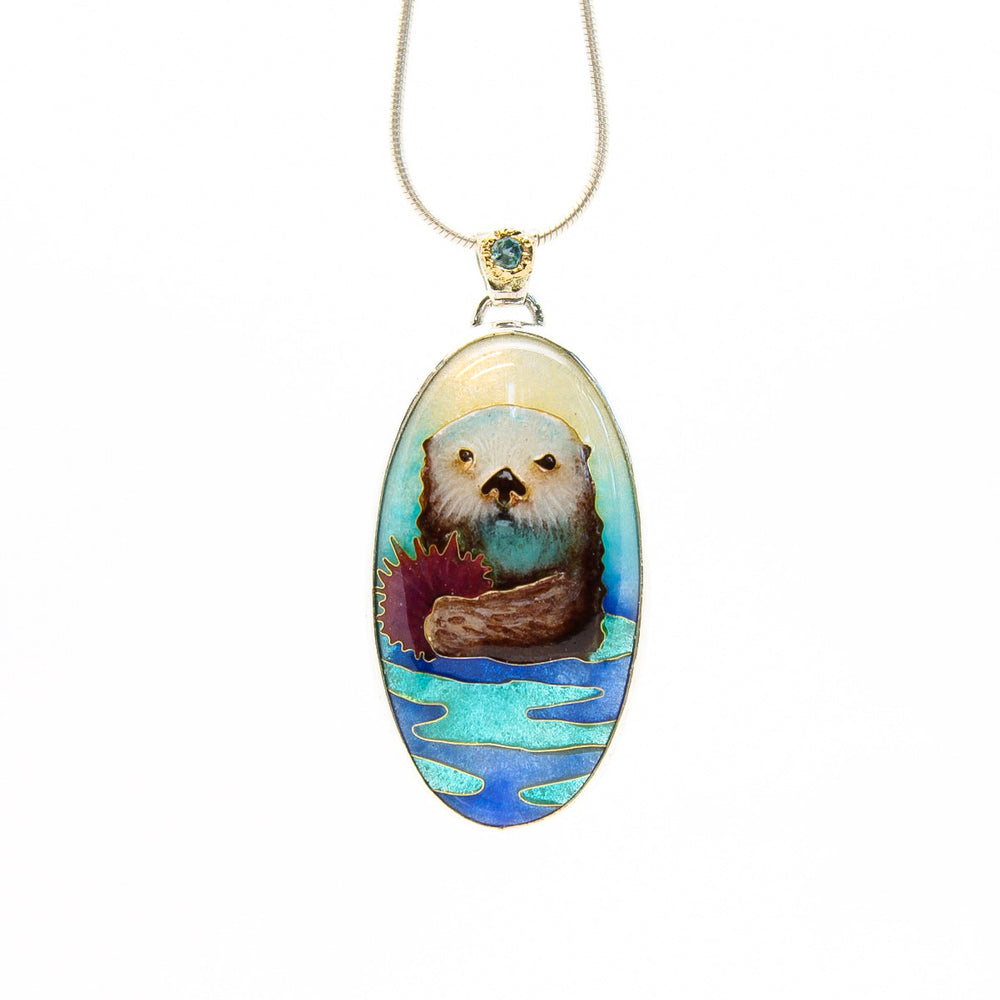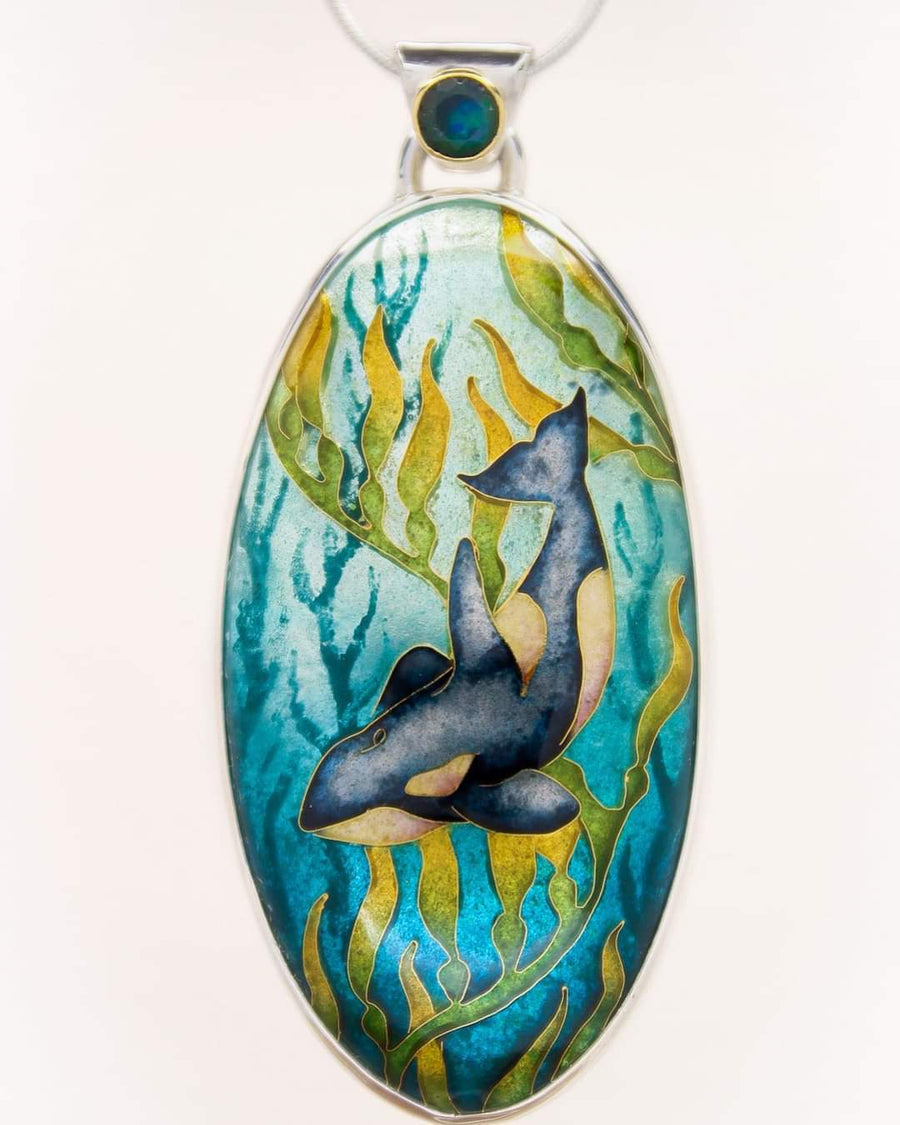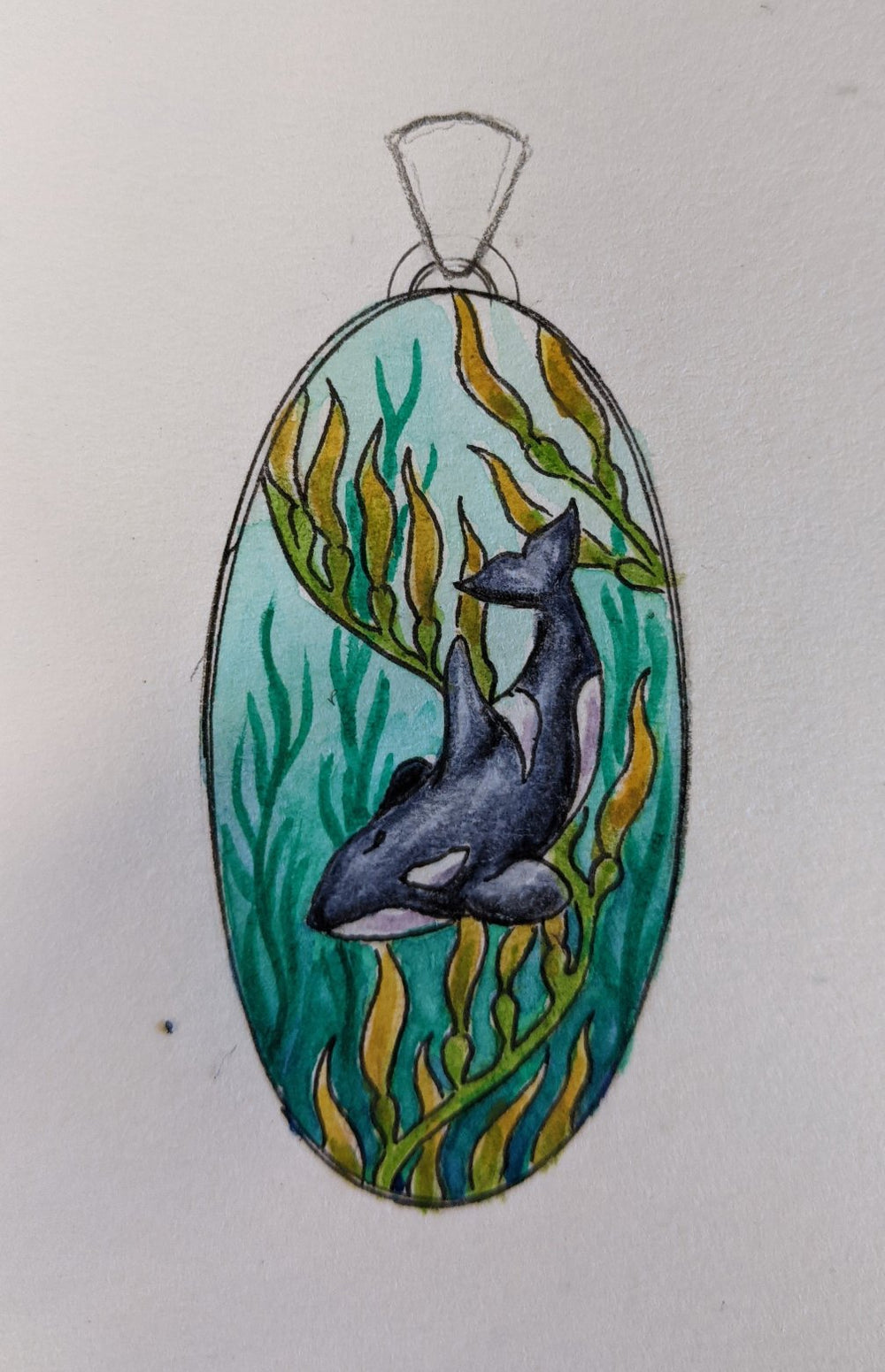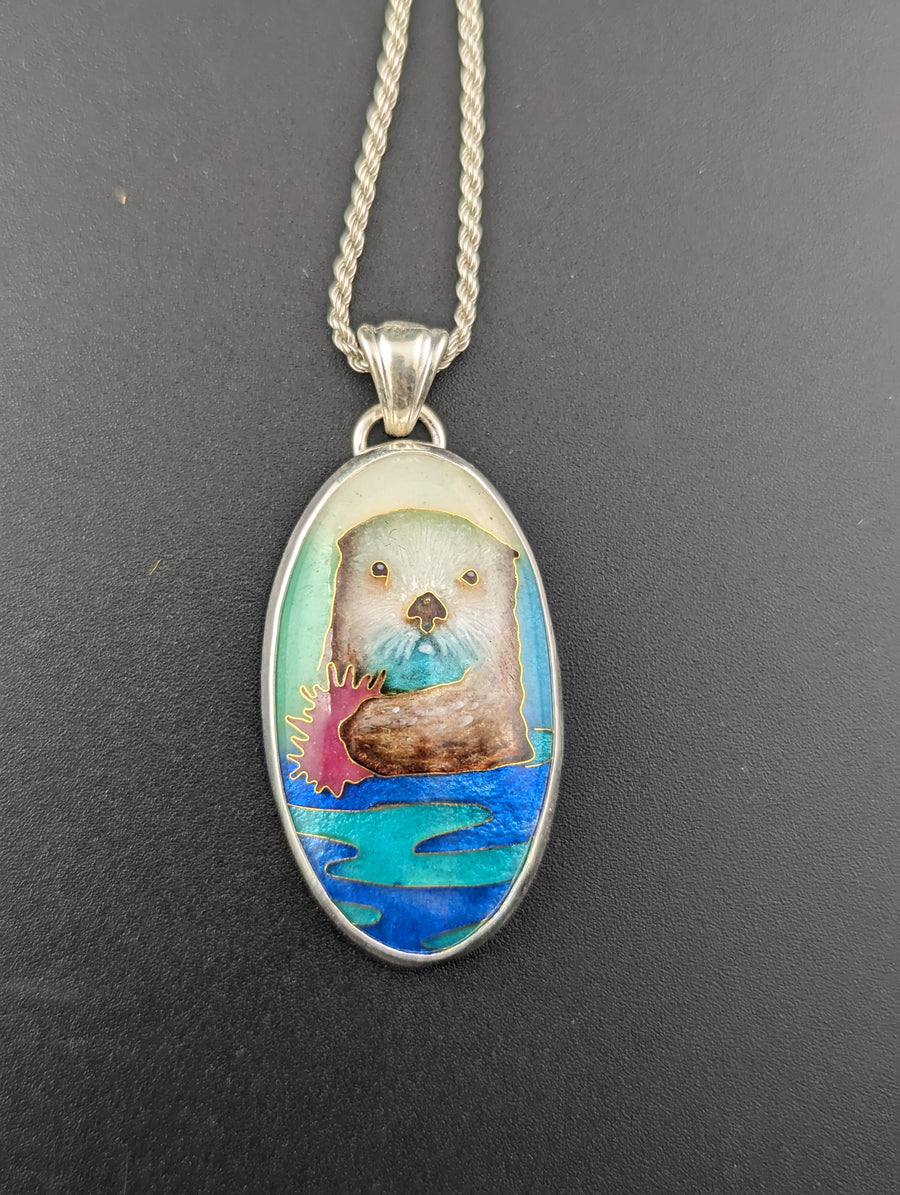A Brief History
Cloisonné is one of the most enduring decorative arts in human history, with origins tracing back over 2,000 years. The term itself comes from the French cloison, meaning “cell” or “partition,” referring to the intricate metalwork used to separate areas of color in the earliest pieces.
The technique is believed to have first emerged in the ancient Near East, traveling along trade routes to Byzantium, where it adorned imperial regalia and religious icons. From there, it flourished in China during the Yuan and Ming dynasties, where artisans perfected the craft to create ornate vessels, altar pieces, and ceremonial objects—each one a symbol of status, spirituality, and cultural reverence. In Japan, cloisonné reached new technical and aesthetic heights during the Meiji period, celebrated for its refined detail and glass-like finish.
Throughout its evolution, cloisonné has always been associated with beauty, meaning, and legacy. Once reserved for temples, palaces, and the nobility, this ancient art form continues to inspire modern makers and collectors alike—those who are drawn not just to its visual richness, but to its timeless story.
